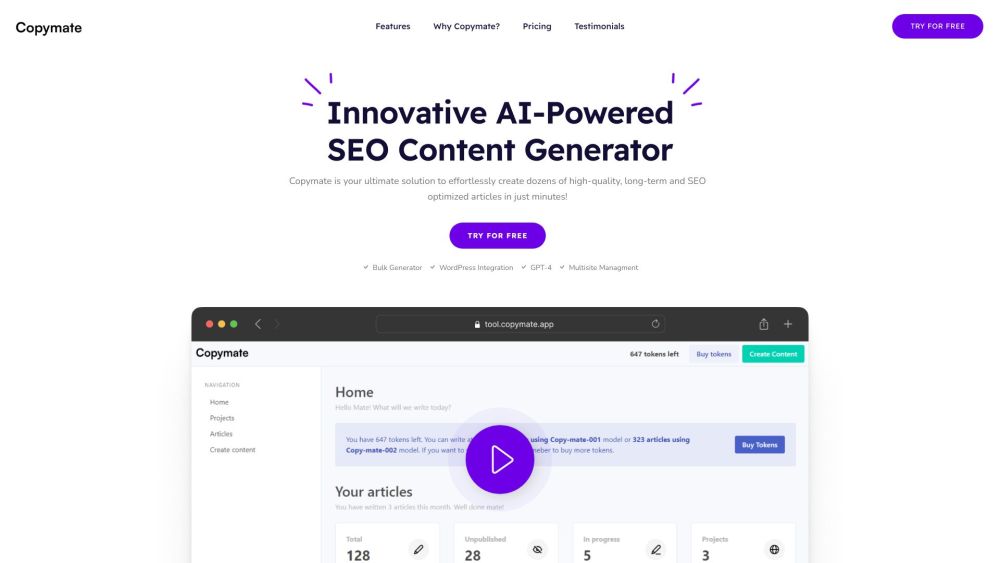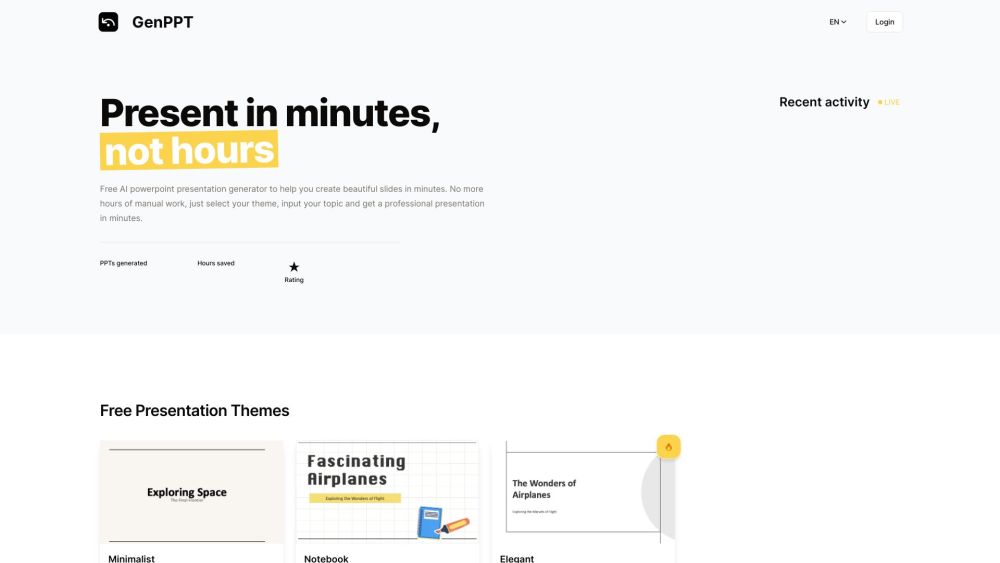While business and technology leaders strive to harness the current value of AI, the future is rapidly approaching. Establishing a robust foundation for what's next is essential. Experts predict that the future of AI will be agentic, meaning organizations will implement intelligent systems capable of performing tasks autonomously and making decisions with near-human accuracy, from coding to managing e-commerce operations and functioning as automated sales agents.
Agentic AI was a key topic at the AI Impact Tour event titled “Agentic AI — the Next Giant Leap Forward in the AI Revolution,” presented by Outshift by Cisco. The event brought together speakers from Outshift, Meta, Asana, and Intuit, alongside VB CEO Matt Marshall, to discuss how organizations can prepare for an agentic AI future and other impending advancements in AI.
Building an Agentic Future
Vijoy Pandey, GM and SVP of Outshift by Cisco, emphasized the need for distributed agentic system computing and an open, interoperable internet of agents. He highlighted, “Innovation stagnates in a walled garden. An open system enhances value for everyone involved—vendors, operators, developers, and consumers alike.”
Agentic systems that learn to communicate and interconnect can transform the human work landscape, starting with software and IT, then extending to knowledge work, services, and eventually physical labor as robotics progresses. Successful integration with existing software and environments—whether cloud-based, on-premises, or embedded in robotics—will be crucial.
To unify these systems, we need abstraction layers, including open models, tools, orchestration, secure communication, and handling probabilistic outcomes among various functionalities.
“These are significant challenges to tackle,” Pandey noted. “We are actively pursuing these issues and solutions—that’s where our focus lies.”
The Time for AI Agents is Now
The pressing question of the moment is whether the technology is sufficiently mature to realize its potential, and according to Mano Paluri, VP of generative AI engineering at Meta, it is not quite there yet—but that shouldn’t halt progress.
“You can’t afford to wait. Agents represent the next evolution of these models,” he asserted. “We’re shifting from a single model to a customizable system with multiple components.”
As we seek autonomous systems capable of perceiving, learning, reasoning, acting, and iterating to solve complex problems, considerable progress has been made in perception through foundational models capable of learning from text and images. While reasoning through intricate issues remains in early development, today’s models can learn at unprecedented scales compared to the previous decade and are beginning to exhibit planning capabilities.
The Meta AI Agent
Meta’s AI agent represents a significant step forward in the evolution of large language models (LLMs), with customization for diverse use cases at the forefront. The aim is to fine-tune models to accommodate various needs across its four billion users.
Paluri highlighted, “We envision a family of agents. This version of Meta AI acts as a user assistant, but customization will be available for businesses, creators, and advertisers, allowing them to create specific, efficient agents.”
Agentic AI Use Cases: Challenges and Opportunities
In a panel discussion featuring Paige Costello, head of AI at Asana; Shubha Pant, VP of AI/ML at Outshift; and Kumar Sricharan, VP of technology and chief architect for AI at Intuit, the conversation centered on agentic AI use cases—as well as the potential challenges and opportunities they present.
Real-World Case Studies
Agentic AI can significantly ease workflow management, which can often be time-consuming. Asana has integrated agentic AI into chat and workflow processes. For workflows, the AI can initiate requests, prioritize tasks, assess available information, and determine necessary team involvement, presenting a great starting point for businesses embracing agentic workflows.
“The agentic aspect lies in its decision-making autonomy within these workflows,” Costello explained. “AI has vast potential to partner in various tasks. We've seen success across security and marketing sectors, as well as in creative requests requiring revisions and approvals.”
At Intuit, dynamic automation is transforming their entire suite of financial products by offering valuable insights and guidance. With diverse customer characteristics and needs, the onboarding process has become streamlined through the use of agentic AI, allowing clients to provide information effortlessly.
“Agents can autonomously operate on that information, facilitating onboarding with minimal customer effort,” Sricharan stated. Internally, these systems assist the company in navigating tax code changes, leveraging agentic AI to research and implement necessary adjustments efficiently.
“Ultimately, the goal is to predict IT issues before they occur, identify root causes when challenges arise, and provide effective mitigation strategies until resolution.”
Outshift is developing a multi-agent predictive diagnostic and remediation tool aimed at predicting IT issues, identifying root causes of problems, and offering solutions across technology frameworks. Ongoing efforts include creating architectural standards, open orchestration for agents, and protocols for inter-agent communication.
Pandey highlighted three primary challenges facing agentic AI: first, enabling agents to discover and comprehend each other's capabilities; second, fostering collaboration for problem-solving and uncertainty management; and third, ensuring effective communication through natural language, rather than rigid API structures.
“We must establish standards and open-source guidelines that address these complexities,” he added. “It’s imperative for the tech community to collaborate and build solutions collectively.”





